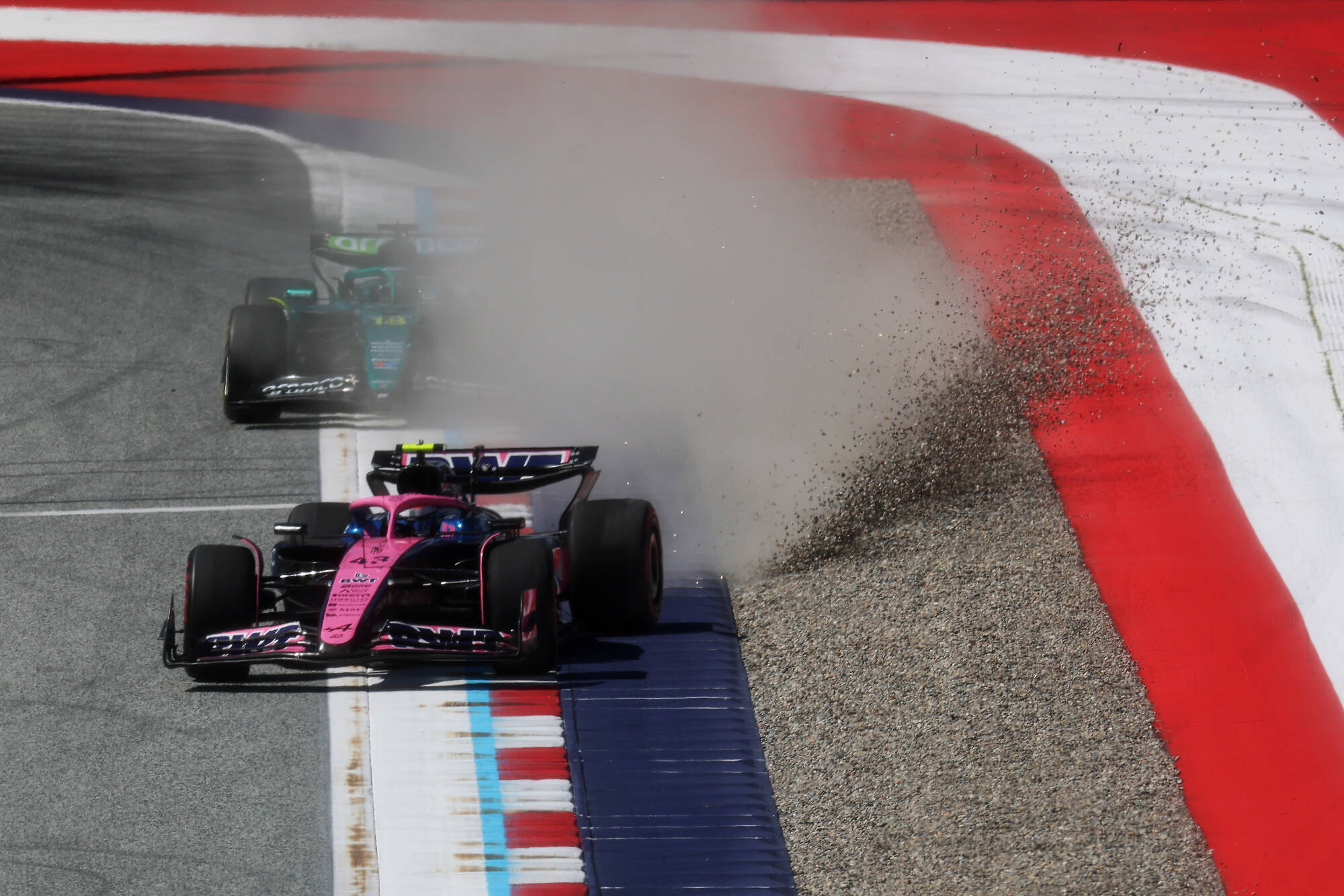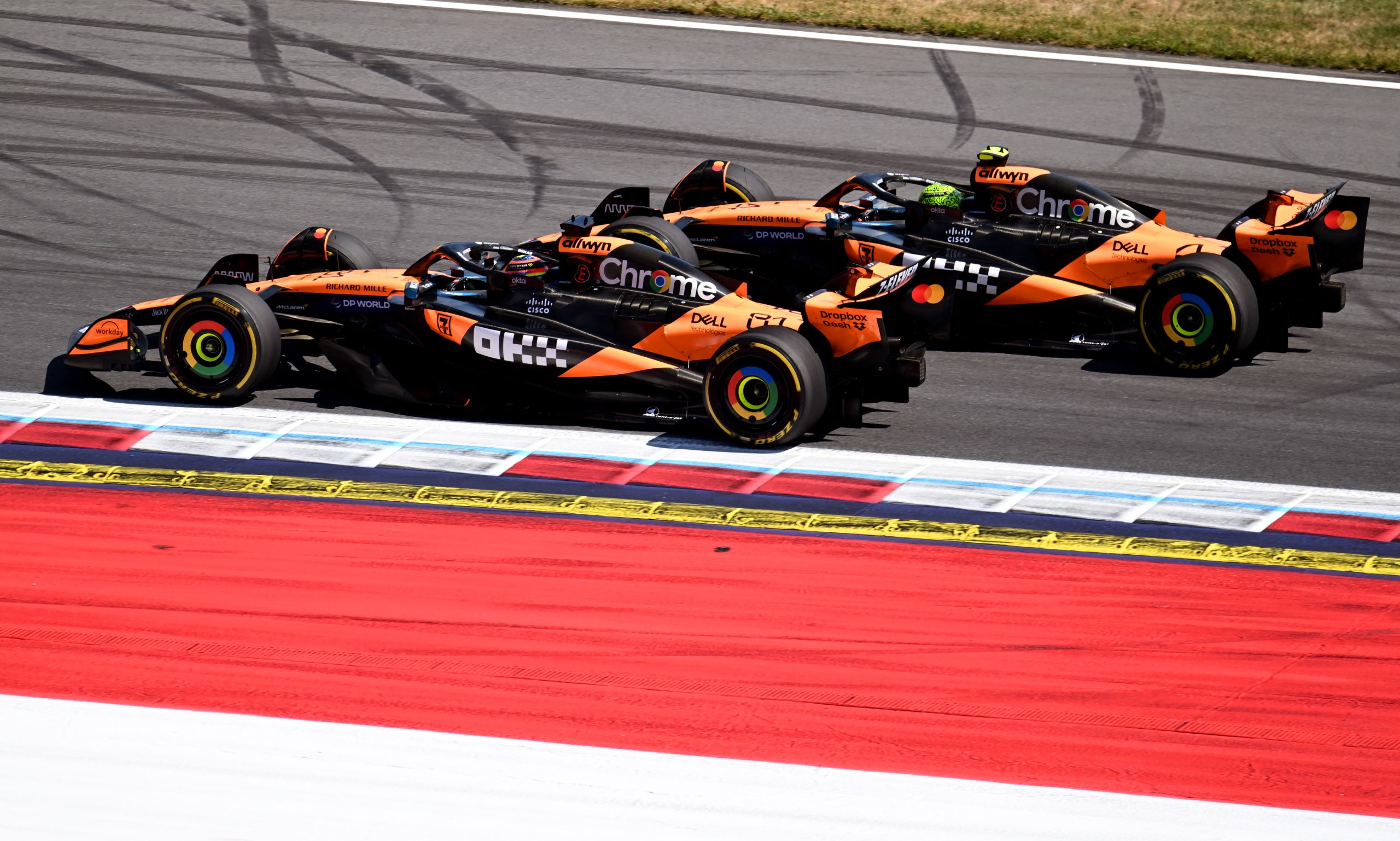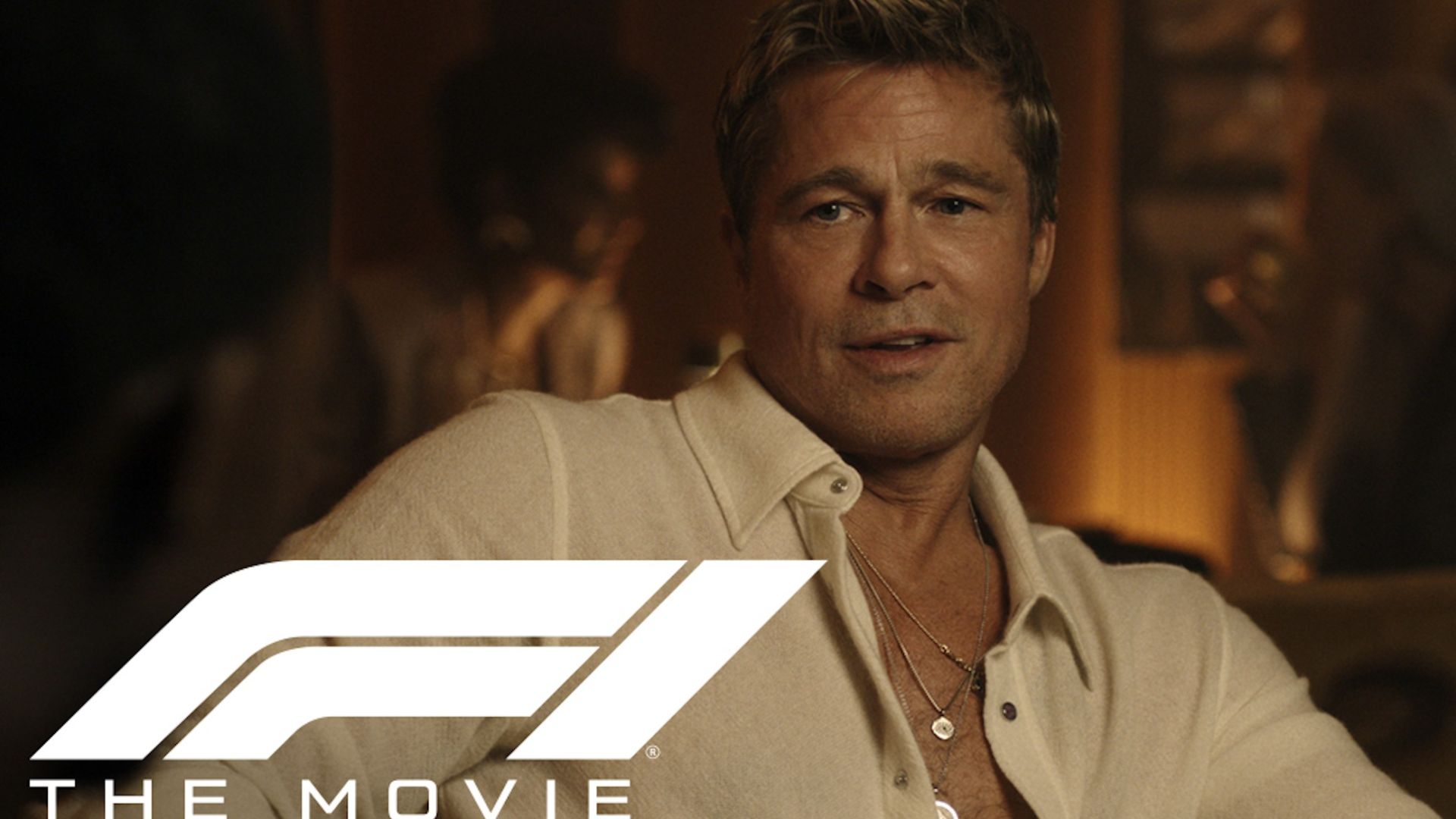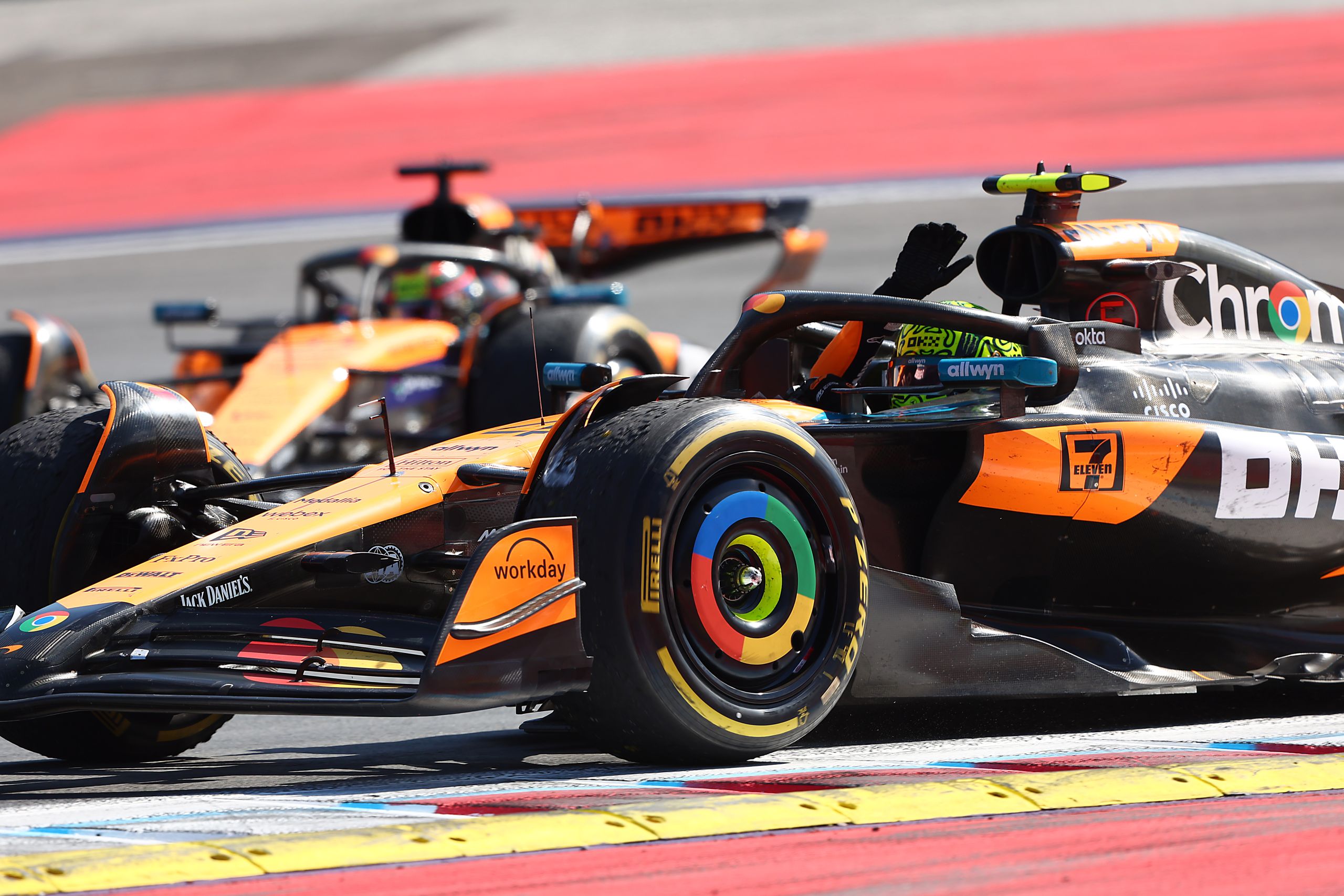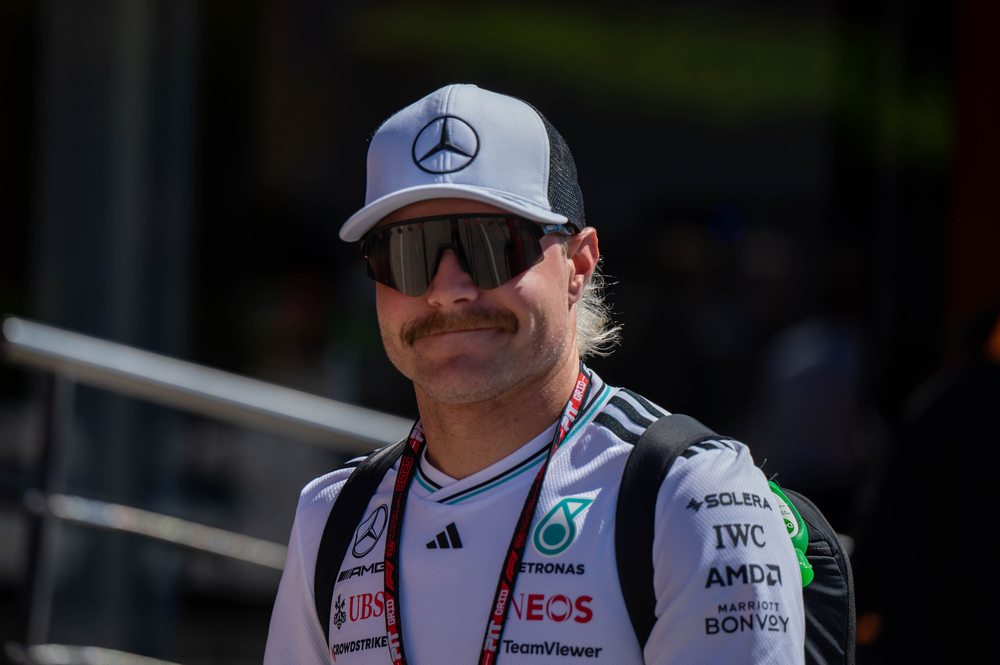F1 in Vegas delivered on track, but left a black eye off it
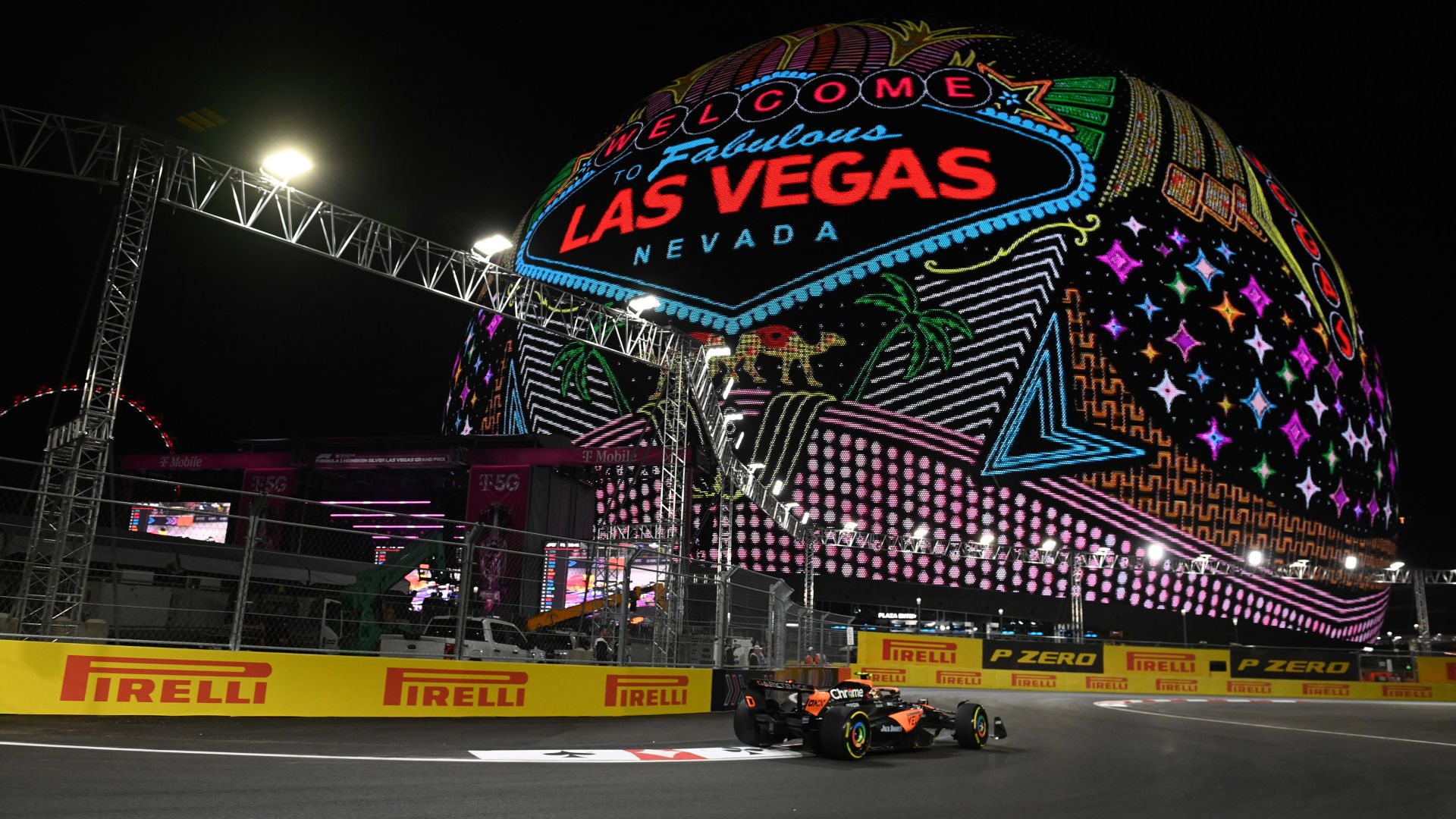
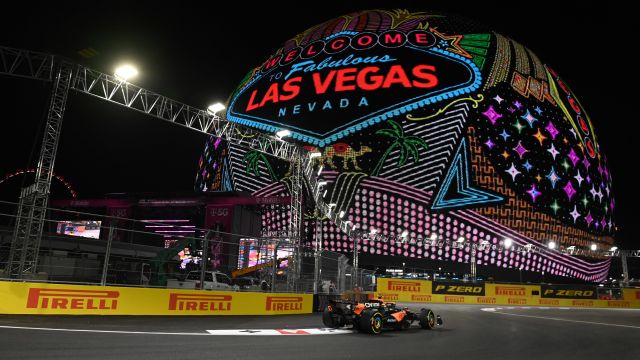
With so much pomp and hyperbole around Formula One’s return to Sin City for the first time since the failed Caesars Palace Grand Prix in the early 80s, it was no surprise that there was microscope closely watching the sport at the Las Vegas Grand Prix.
There was an overwhelming sense in the pre-script that critics amongst the media and fans had their pitchforks sharpened and ready, should Formula One or the event organisers fumble and flop over this estimated US$500 million investment out of the sport’s own pocket.
Local residents were up in furore over the disruption the event was causing in the buildup, ticket prices were deemed unattainable for those majority of fans on a modest income and given the recent obsession and saturation Formula One has had with ‘destination city’ street circuits, it would’ve been great to see the sport’s commercial rights holder in Liberty Media brought to its knees.
However, the controversy that emanated from Thursday practice aside – which will be addressed further below – the 50-lap grand prix on Sunday proved to be a success. The common outcome of the recent past in Max Verstappen winning, didn’t quite tell the tale of what an entertaining race it was.
The irony with the term ‘entertaining’, is the negative rhetoric that surrounded Vegas which reigning world champion Verstappen didn’t relent in sharing his disdain for. His ‘99% show, 1% sporting event,’ line was utilised ad-nauseum, all before the Dutchman himself strapped into his Red Bull in an Elvis inspired race suit and sang ‘Viva Las Vegas’ on the team radio after crossing the finishing line.
There were battles up and down the order, from the fight for the win between Verstappen, his Red Bull teammate Sergio Perez and Ferrari’s Charles Leclerc – who on the Rolls Royce cooldown drive to the Bellagio Fountain to be interviewed by ex-F1 driver David Coulthard on the world feed, had a look of sullenness when realising not pitting under the Safety Car on Lap 26 cost him a potential victory.
To the riveting scrap between the Alpines, Aston Martins, Mercedes’, and McLaren of Oscar Piastri, who’s late stop for the medium tyre saw him snatch a point in tenth and also take fastest lap. The low grip surface and cold track temperatures made the race more than just about tyre management and conservation – which has become such a detractor in some motorsports these days.
It was what the Miami Grand Prix has failed to be for the two occasions that the Floridan event has run, with that race also having faced the same scrutinous rhetoric around that. At least Vegas has demonstrated it can deliver on the track, which bodes well given the initial 10-year deal it has, to be on the Formula One calendar.
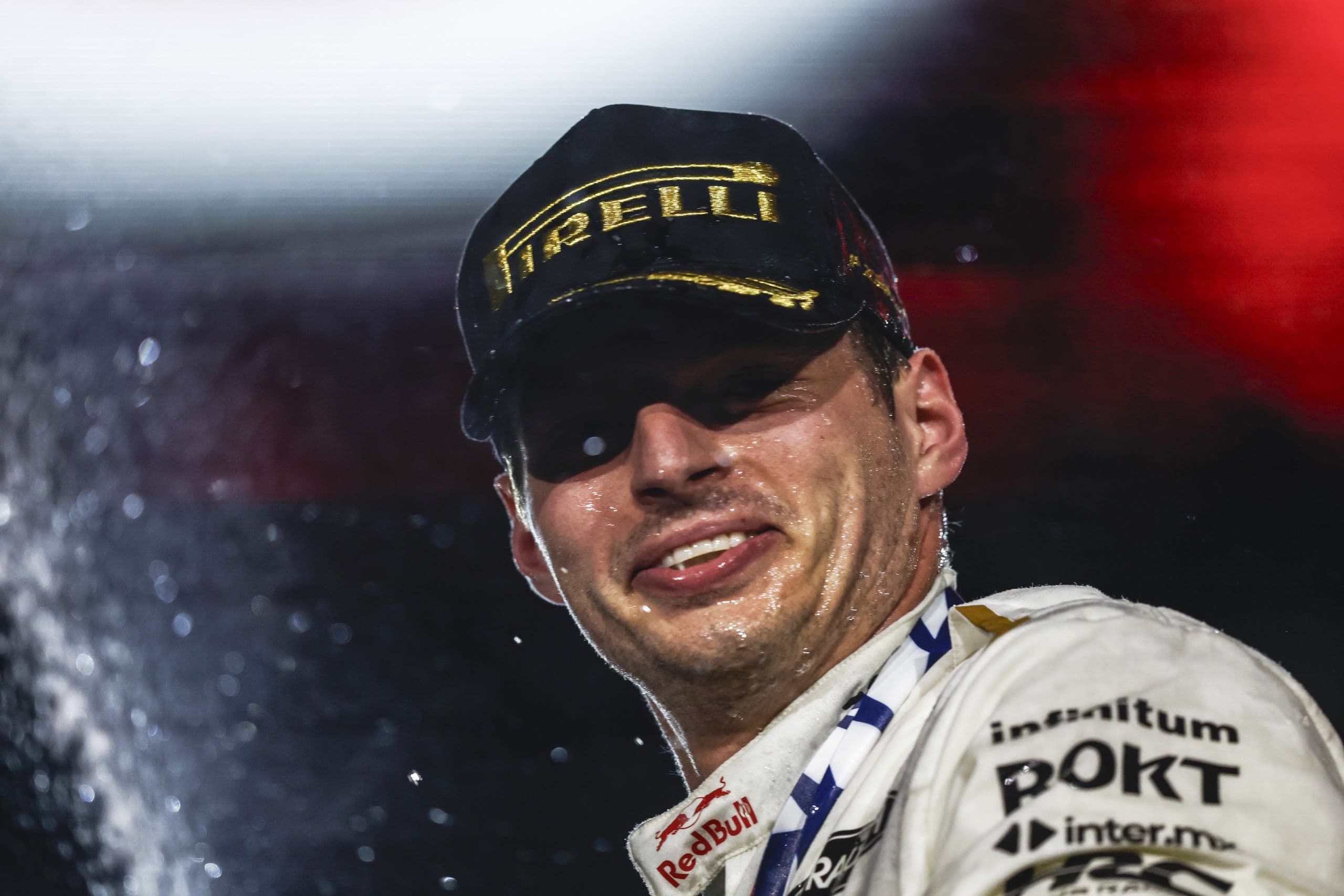
The elephant in the room
Now to address the elephant in the room and brooch the subject of water valve covers. FP1 on Thursday was halted only 8-minutes into the session when Carlos Sainz’s Ferrari like a vacuum ripped one out of the track surface – damaging not only his car, but also the Alpine of Esteban Ocon.
The damage was that bad, that Sainz’s entire weekend was impacted in that he missed FP2 despite the lengthy delay, but then also taking a 10-place grid penalty for a new Energy Store to replace the one damaged by not of the Spaniard’s own doing.
Unfortunately, the regulations don’t accommodate in this instance for situations where Force Majure could be triggered and thus the front-row that Sainz had qualified for, was not his to start the race from. The same ambiguity in the regulations that saw Verstappen handed a meaningless 5-second penalty for running Leclerc off the road at Turn 1 instead of immediately handing the position back. This then continues to plague the sport’s external image.
Doing that image, no good was the fact that with FP2 starting at 2:30am local time – two and a half hours after it was due to start, was run without spectators because ‘logistically’ they couldn’t be accommodated from 1:30am onward.
Only the Thursday single-day ticket holders were compensated with a US$200 voucher to spend on merchandise, which in the context of things had caps priced at $90 and a basic t-shirt for $125. Go figure. Meanwhile, the weekend pass holders who’d prior to the last minute drop in prices would’ve spent in-excess of $1500 – were reconciled were nothing.
What did the event organisers and Formula One have to say? The joint statement from LVGP CEO Renee Wilm and F1 boss Stefano Domenicali elaborated on all what what’s and whys and refrained for a basic apology. Which regardless of Mercedes team boss Toto Wolff’s press conference rant defending the event, was a black eye to the dedicated fans of the sport.
And with the water valve cover too, many including Wolff were eager and quick to point out that it has happened before at Monaco and Baku, as if it must be accepted as being the norm with street circuits. From an OHS perspective, wouldn’t the instances elsewhere ensure that the level of compliance at new tracks be a lot more higher?
“Did they do their due diligence on the track? Permanent circuits have a certain criteria, or whatever, and a lot of boxes to tick, and I feel like street circuits need a few more. It just needs more care, and its hard when I guess it’s opening to the public, but they obviously need to do that,” said Daniel Ricciardo eloquently in regards to the matter.
Ultimately, whether you love it or hate it – Las Vegas is going to be good for Formula One in the long run commercially and as seen with the racing on Sunday. What F1 now needs to ensure is that great care is taken in ensuring there is no repeat of those series of unfortunate events and there are no black eyes.

